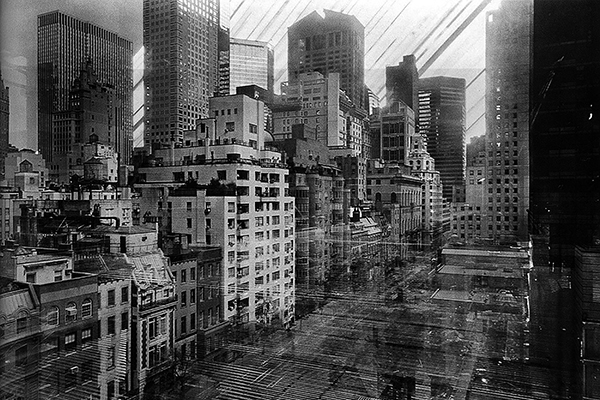The time of photography in the representation of architecture and landscape
DOI:
https://doi.org/10.15168/xy.v4i7.125Abstract
Pierre Sorlin, in his book Les fils de Nadar, argues that in the years following the invention of photography, the debate focused on the identification of the differences between the latter (analogue image) and painting (synthetic image). These differences concern, among other things, the execution time: the synthetic image is related to the time ‘internal’ to the author, not necessarily that necessary to the technical execution, but often a ‘dilated’ time for personal and/or contingent factors. The analog image, on the other hand, is linked to the execution time, which can vary from many hours, up to thousandths of a second. In addition, photography has a very varied relationship with the ‘concept time’, arising not only from the evolution and techniques used, but also from the photographic genre and from the relationship of the author with the language and its expressive potentialities. If in the most common sense, photography is the ‘freezing of an instant’, considered unique and unrepeatable, it is equally true that the history of photography is full of examples in which a slow approach, not only in the technique of shooting, was often contrasted at the speed of execution, typical of photo–reporter in search of the ‘decisive moment’, right in the field of photographic representation of the architecture. The article aims to deal with cases where, in the history of photography, in particular in that of photographic representation of architecture and landscape, the time represented not only a necessary technical factor, but above all a expressive one, that has conditioned the genre.


